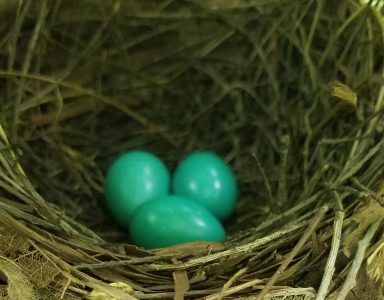I have associated goldenrods with September for some 70 years, ever since I was in the early grades of elementary school and back-to-school days included a yellow-papered “Goldenrod Writing Tablet.”
Now, I enjoy many September hours in the midst of the different goldenrod species in Eliza Howell Park, watching the “critters” they attract.


Many of the Eliza Howell summer wildflowers are nearing the end of their blooming season, but the insects appear to find goldenrod nectar plentiful and satisfactory.
Some of those attracted are large and iridescent. Here are two views of the same individual (Great Black Wasp, I think).

Some are black and white (Bald-faced Hornet and Black and White Wasp).

The Locust Borer Beetle is one that I do not remember from previous years. It is possible that I missed it or have forgotten, but I wonder if it is now becoming more common in EHP.

Two that I do remember – and did an entry on last year – are the Goldenrod Soldier Beetle and the Ailanthus Webworm Moth, a moth that does not lead one to think immediately of “moth” when first seen.

Sometimes the flowers get crowded, but most insects seem to be willing to share.

It is not just insects that are attracted.
Sometimes there is a mammal (not pictured) wandering among the goldenrods, carrying a little camera.
Snails (Brown-lipped or Banded snails) prefer the stems to the flowers.

Goldenrods were for years inaccurately thought to be a major contributor to “hay fever” symptoms. There is no reason to avoid and many reasons to enjoy a large path of goldenrods, definitely one of the highlights of September.
In addition to others not mentioned, the wasps and beetles and bees and moths and snails and I are grateful for their presence.






